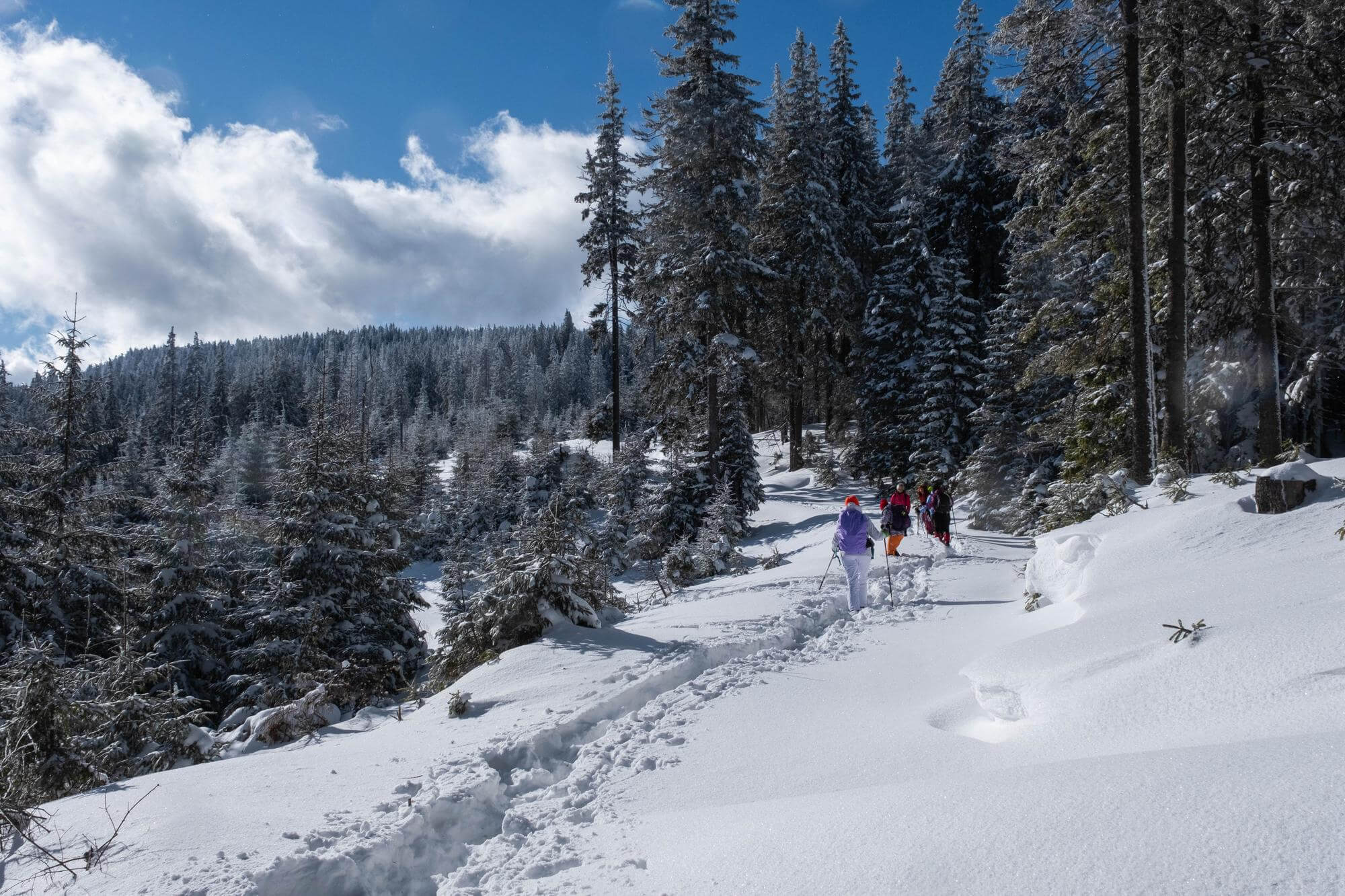Vitamin D deficiency is a widespread health problem, but it is a particularly common issue for people living in places with cloudy, cold winters, such as Western New York.
Buffalo and Niagara Falls, like many other northern cities, experience long, dark winters with limited sunlight. This makes it difficult for people living in these places to produce enough vitamin D in their bodies. Residents often must supplement their vitamin D intake to keep their levels at an optimal level, or they risk poor health outcomes.
Why Vitamin D Is Important
Vitamin D is often referred to as the “sunshine vitamin” because exposure to sunlight is one of the primary ways the body produces it. When ultraviolet B (UVB) rays from sunlight touch your skin, it creates a reaction that causes your body to produce vitamin D.
 .
.
Vitamin D plays a crucial role in maintaining overall health. It helps regulate calcium and phosphorus levels in the body, which are necessary for bone health.
A deficiency in Vitamin D can lead to weakened bones, increased risk of fractures, and even conditions like diabetes, Alzheimer’s disease, dementia and multiple sclerosis, according to several studies.
In addition, a lack of vitamin D can make your body more susceptible to respiratory infections, which often circulate in the winter, and even cause sleep issues and mood disorders like depression, which is exacerbated by the lack of sunlight.
Buffalo’s Cloudy Weather And Vitamin D
Exposure to sunlight is the preferred method for generating vitamin D in our bodies. But for much of the winter in Buffalo, the angle of the sun is too low in the sky for these rays to produce vitamin D, and the sun only comes out for short periods of time. This often leads people to have reduced vitamin D levels in the winter.
Even compared to other northern U.S. cities, Buffalo is one of the cloudiest, particularly in the winter, making it that much more difficult for residents to receive sufficient sunlight to produce vitamin D.
In fact, Buffalo has more cloudy days per year than any other large city in the U.S., according to Current Results. Buffalo has 311 days per year (or 85% of the year) of at least “partial cloud,” which means that clouds cover anywhere from over one-quarter to as much as three-quarters of the sky on these days.
Additionally, people in cold, snowy cities like Buffalo tend to spend more time indoors in the winter due to cold weather, further decreasing their exposure to sunlight. Vitamin D cannot be produced when you receive sunlight through a window because windows block UVB rays.
This lack of sunlight exposure, particularly for people in cold cities like Buffalo, can lead to insufficient production of vitamin D in the body, making residents more prone to deficiency. Research has shown that residents of northern cities are at a higher risk of Vitamin D deficiency during the winter months compared to those living in sunnier regions.
During Buffalo’s winter months, nearly 50 percent of people have insufficient amounts of vitamin D and 25 percent may be considered deficient, according to a University at Buffalo News Center article quoting UB nutrition researcher Peter Horvath.
Those most at risk include the elderly, who tend to spend more time indoors, and pregnant and nursing women because vitamin D is essential for fetal and childhood development. It is also a greater issue for people of color due to high levels of melanin in their skin, which reduces their ability to produce vitamin D. Office workers, who tend to spend minimal time outside when the sun is highest in the sky (around noon), are also at increased risk.
How To Get Enough Vitamin D
Given the potential health risks of low vitamin D, it’s important for people living in Buffalo and other regions with limited sunlight exposure during the winter to take steps to ensure adequate vitamin D levels. This can include increasing consumption of Vitamin D-rich foods.
Some foods high in vitamin D include:
- Fatty fish (such as salmon, mackerel)
- Herring and sardines
- Cod liver oil
- Fortified dairy products (milk, yogurt, cheese, etc.) and fortified soy or plant-based milks
- Fortified breakfast cereals
- Egg yolks
- Mushrooms
- Canned tuna
According to Healthline, the daily value (DV) for most people for vitamin D is 800 IU (20 mcg). However, your healthcare provider may recommend more depending on your individual needs.
If you aren’t able to get sufficient vitamin D from food or sunlight, your doctor may suggest vitamin D supplements in the form of pills or drops.

But be careful — it’s possible to get too much vitamin D, which can cause nausea, irregular heartbeat or even kidney stones. That said, it is nearly impossible to get too much vitamin D without taking high dose supplements, since your skin limits the amount of vitamin D it produces from the sun.
While food and supplements are useful, people in Buffalo and other northern areas should try to maximize their sunlight exposure during the winter months during peak daylight hours (11am-1pm) even on cold days. Cold weather activities such as skiing and hiking are a great way to take advantage of the sun without getting too cold, but remember that some skin must be exposed to get the full benefits of sunlight.

As people spend more time inside on their computers and phones, especially in the cold winter months, vitamin D deficiency continues to be an issue for much of the U.S. and the world. Taking steps to maintain adequate vitamin D levels, particularly in the winter, is crucial for optimizing one’s health, mood and well-being. If you spend limited time outside or live in a northern city like Buffalo, consider getting a blood test to evaluate your vitamin D levels. And of course, consult with your healthcare provider before starting any new supplements.

 Fair Housing Notice
Fair Housing Notice 